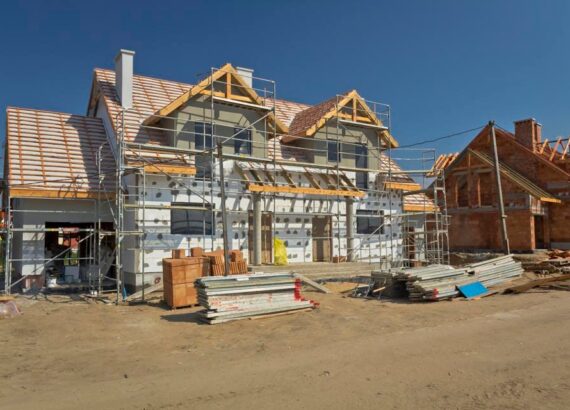10 Easy Design Tips From An Interior Designer in Richmond

Designing a home is a lot of fun, but it’s also a lot of labor. After all, there are a lot of options to consider. Rooms must be furnished, and walls must be painted. There’s also a wide variety of hardware, décor, and upholstery options. You’re not alone in your goal to create a lovely home, fortunately. There are interior designers out there who have done what you’re attempting to achieve, and will gladly give you advice. Here are 10 ways to dazzle guests with outstanding tips from interior designer , including advice from interior designers in Richmond , to help you make a killer interior design impression.
1. Experiment with patterns
In a room, you don’t have to stick to one pattern; you may easily combine two or three to create a coherent aesthetic. Smaller, busier patterns work nicely on compact surfaces like cushions or secondary elements like a floor mat.
Design consultants offer suggestions for combining form, usefulness, and aesthetics in space or product. So consider hiring them.
2. Concentrate on the negative space
Empty space helps define focus points across the space. In your furniture arrangement, leave enough space between each piece of furniture. This will enable each of your components to shine on its own while yet allowing the overall arrangement to function. When you hire an interior stylist, you can rest assured that your home will be beautiful from every viewpoint. For these interior designers, the finishing touches are the be-all and end-all.
3. Mix things up a little
It’s just too easy to get caught up in the restrictive do’s and don’ts of interior design. This could make your space look bland or conventional, especially if you try too hard to conform to a single decor style. So one of the tips from interior designer is when it comes to merging furniture and interior design trends, play around with it and be creative. Unusual pairings and out-of-the-box ideas can help you create truly one-of-a-kind settings that represent your personal style.
4. Get some plants
Whether you’re looking for a statement piece or simply want to fill an empty corner or table, indoor plants add depth and character to any space. Plants can add a splash of colour to a space or provide a breath of fresh air in an industrial environment. Plants can be placed in earthen pots, cups, mason jars, or terrariums, depending on the look you wish to achieve.
5. Forget about symmetry
Many people feel that establishing a completely symmetrical area will result in an ideal interior design plan, but this isn’t always the case. In reality, sticking to a symmetrical design may result in a flat environment lacking in warmth and personality. Instead, strive towards equilibrium. For a fun twist, hang your wall art off-center, add texture to create cohesion, and place mismatched pieces of furniture together. Home designers help with interior design features such as space flow, style influence, and material selection, all while adding aesthetic value. So get in touch with one.
6. Organize the flooring
One of the tips from interior designer is using the same flooring in different rooms or regions of your home is a simple method to make the space appear much larger than it actually is. Carpets can be used to break up the continuity of vast, open-plan spaces and partition the space according to function. This will provide the idea of separate sitting and dining areas that are nevertheless part of a bigger area.
7. Start making a paint palette
It’s important to paint a sample and see how the shade looks in various lighting conditions before committing to a wall colour. For a mess-free alternative, paint samples on A3 sheets of paper and move them around the room during the day to observe how they look in different areas of the space. During your appointment with a paint color consultant, the expert will most likely hold up large color boards on several walls to examine how they look throughout the space.
8. Arrange the lighting in your home
When it comes to creating a new design scheme, good lighting is typically the last item on people’s minds, but it should be the first. Before you start designing, make sure you have a healthy balance of overhead lighting, task lighting, mood lighting, and accent lighting by carefully planning where each lamp, switch, and socket will go. Using the proper light bulb color and brightness for the right tasks will also make your room look and perform better.
9. Make use of mirrors
A designer’s best buddy is often a mirror! They can make a dark space appear brighter or a tiny room appear larger visually. Place them strategically to reflect and bounce light from a bright light source or to reflect a beautiful view.
10. Invest in Artwork
Buy artwork from lesser-known yet promising artists; you never know when your investment will pay off! Pick out items that speak to you at art events or displays at design schools. Make a large piece of art the center of your living room for a great conversation starter!




No Comments